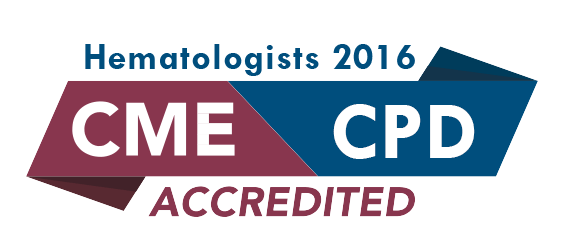
Tripathi Rajavashisth
Banaras Hindu University, India
Title: Proteomic variability and inflammation: Novel biomarkers and pathways
Biography
Biography: Tripathi Rajavashisth
Abstract
Numerous studies indicate that persistent inflammation importantly contributes to the pathophysiology of many chronic human diseases, including cardiovascular diseases, diabetes, cancer, arthritis, neurodegerative and autoimmune disorders. Interacting cells (among them mononuclear phagocytes, T cells, B cells, natural killer cells and mast cells), all thought to originate from circulating hematopoietic and immune precursors and key resident cells of the tissues orchestrate aspects of the acute and chronic inflammation that underlie diseases of many organs. Inflammatory diseases are accompanied by a coordinated series of common mechanisms that is initiated by expression of cytokines, growth factors, mitogens and morphogens leading to a disturbance in homeostatic balance causing oxidative stress, tissue injury, extracellular matrix remodeling, angiogenesis and fibrosis in diverse target tissues. Arterial disease atherosclerosis features prominently among diseases that involve inflammatory mechanisms. Serum lipoproteins diffusing through extracellular space become entangled in the arterial space and begin to undergo oxidative and covalent modifications that render them proinflammatory in this disease. Local recruitment of blood leukocytes follows with progression that involves many inflammatory mediators that are modulated by interacting cells of the arterial wall and immune (both innate and adaptive) systems and the homeostatic balance between normal proteolytic remodeling and inhibition of extracellular proteolytic activity tips toward excessive tissue destruction. Structural deterioration can result in erosion or rupture of the plaque cap, which directly precipitates arterial thrombosis with frequently disastrous consequences, all these complications of the disease may intimately involve proteomic variability contributing to inflammatory mechanisms. A better understanding of the inflammatory, molecules and mechanisms should result in novel strategies to the detrimental effects of chronic inflammation, control of the inflammatory mechanisms in various diseases and may aid the development of potential molecular targets to favorably modify inflammatory diseases.

